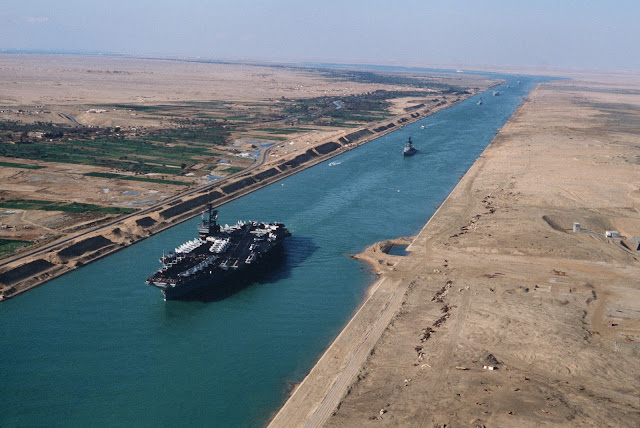In a sign of growing proximity in military sphere, Myanmar on Monday sought naval arms assistance from India.
The request came from Myanmar Navy’s Commander-in-Chief Vice Admiral Thura Thet Swe, who began a four-day visit to New Delhi by meeting with Navy Chief Admiral D K Joshi and Defence Secretary Radha Krishna Mathur.
Vice Admiral Swe also met Army Chief Gen Bikram Singh and Indian Air Force Vice Chief Air Marshal Arup Raha. Among others, Myanmar sought help in building offshore patrol vessels and supply of naval sensors and other military equipment to build a formidable navy.
Vice Admiral Swe discussed with Admiral Joshi various proposals for strengthening the navy-to-navy cooperation in operations, training and material support. He also proposed to take the existing relationship to another plane and promote capacity building and capability enhancement, an Indian Navy release said.
In a media interaction during a Guard of Honour for the visiting dignitary in the South Block forecourt, Admiral Joshi described Myanmar as “one of the closest neighbours”. “We share a land border as well as a maritime border with them. On the navy-to-navy front, we have had extremely cordial relations,” he said. He also noted that the Indian Navy was looking forward to taking the existing “excellent” interaction to the next level. Vice Admiral Swe stressed the special ties between the navies of the two countries.
In the second leg of his trip, he will visit the Kochi-based Southern Naval Command on Tuesday and inspect various training schools and facilities there. On Wednesday, he will visit the Visakhapatnam-based Eastern Naval Command also.
Indian Navy has been assisting Myanmar to better its capacity in the maritime warfare domain for several years now. India has given Myanmar four Islander maritime patrol aircraft in the last decade, despite threats from the UK of sanctions as Yangon, which was then ruled by the military junta, was a no-go area for the western powers.
Myanmar has in the recent years sought help in building offshore patrol vessels (OPVs), but the Indian Government is yet to approve supply of these naval warships. India is also yet to receive the exact requirements of the Myanmar Navy for the OPVs, be it design or capability specifications.
Indian Navy already trains around 50 Myanmar Navy personnel of all ranks at its training institutions.
During the meetings, Vice Admiral Swe gave a list of naval equipment his country might require in the near future, including items indigenously developed by India such as maritime sensors.
Earlier this year, the navies of both countries for the first time launched coordinated patrols along their maritime borders in the Bay of Bengal against poachers, smugglers and other sea criminals.
Both navies regularly hold joint exercises in the maritime domain, including the one held off Visakhapatnam in March, when a frigate and a corvette from Myanmar visited the Indian port. Naypyidaw also sent at least one of its warships to Port Blair for the biennial Milan joint exercise of navies.

